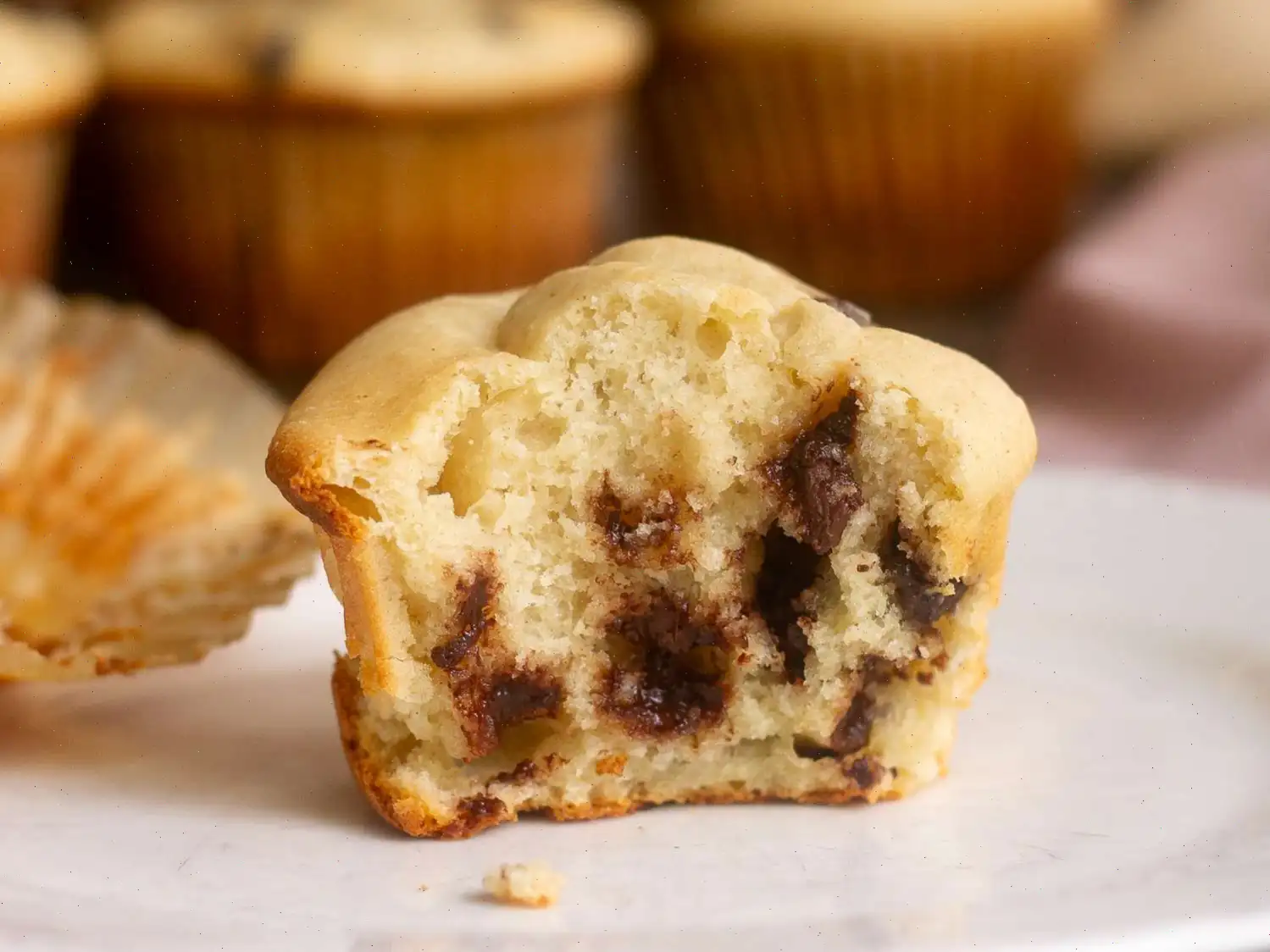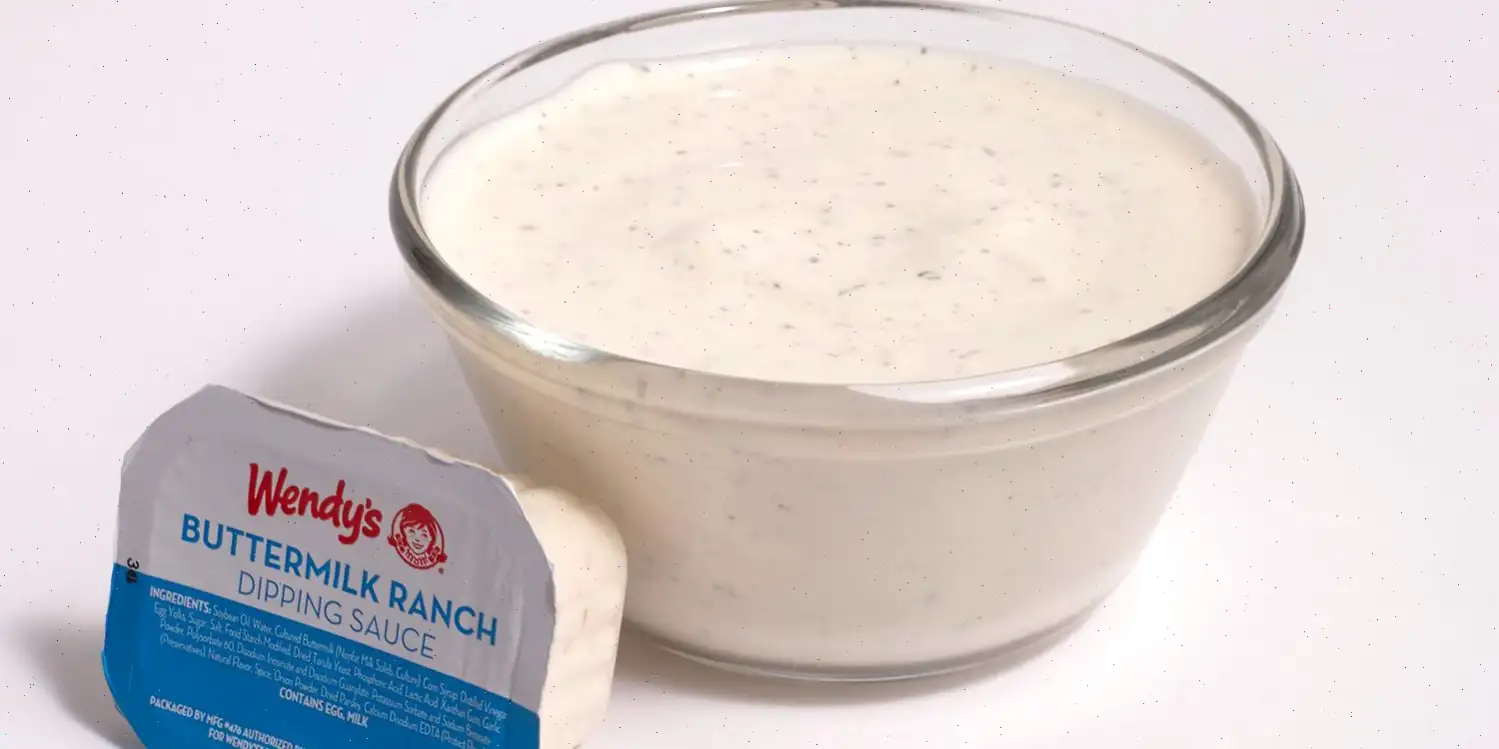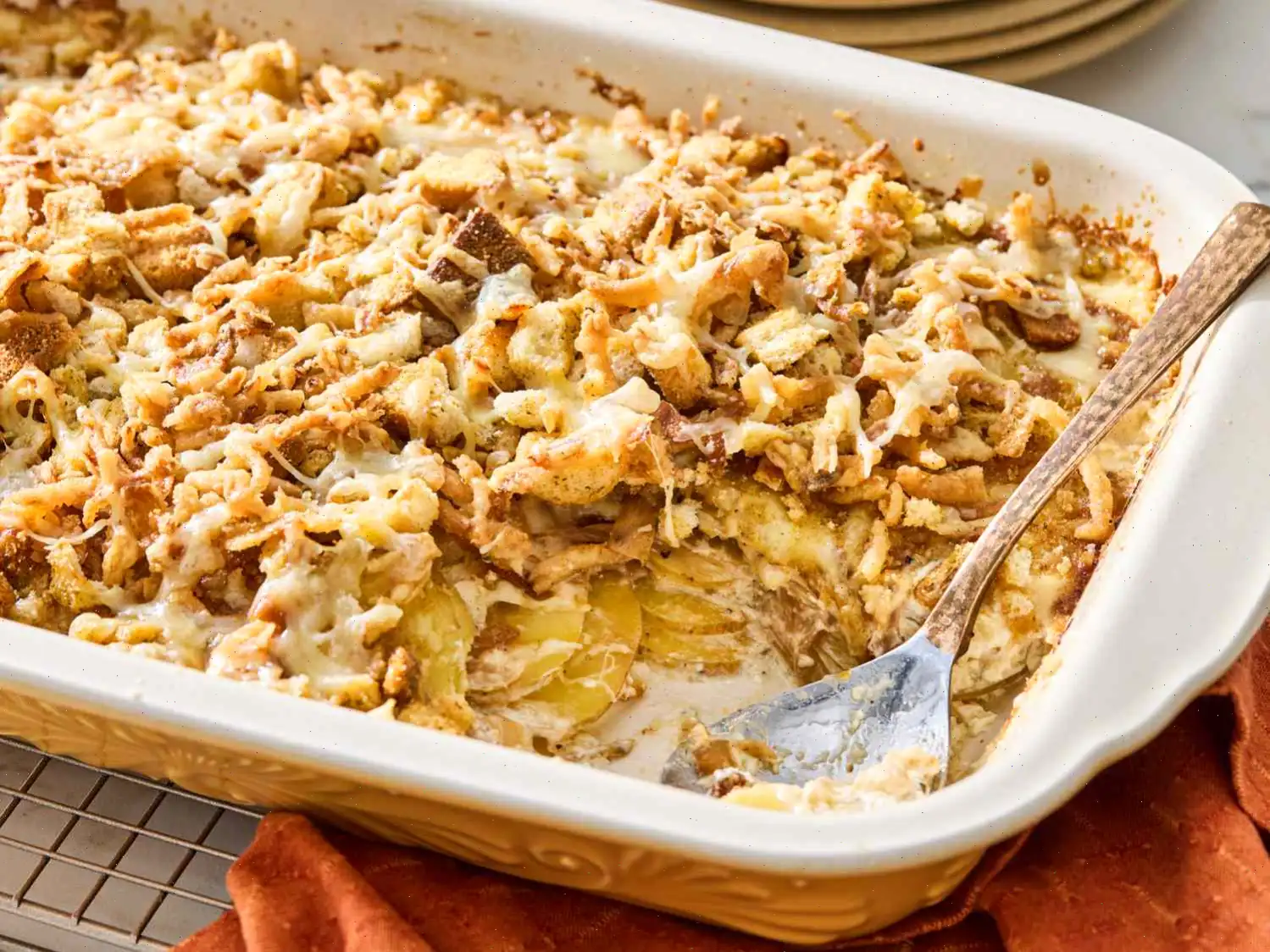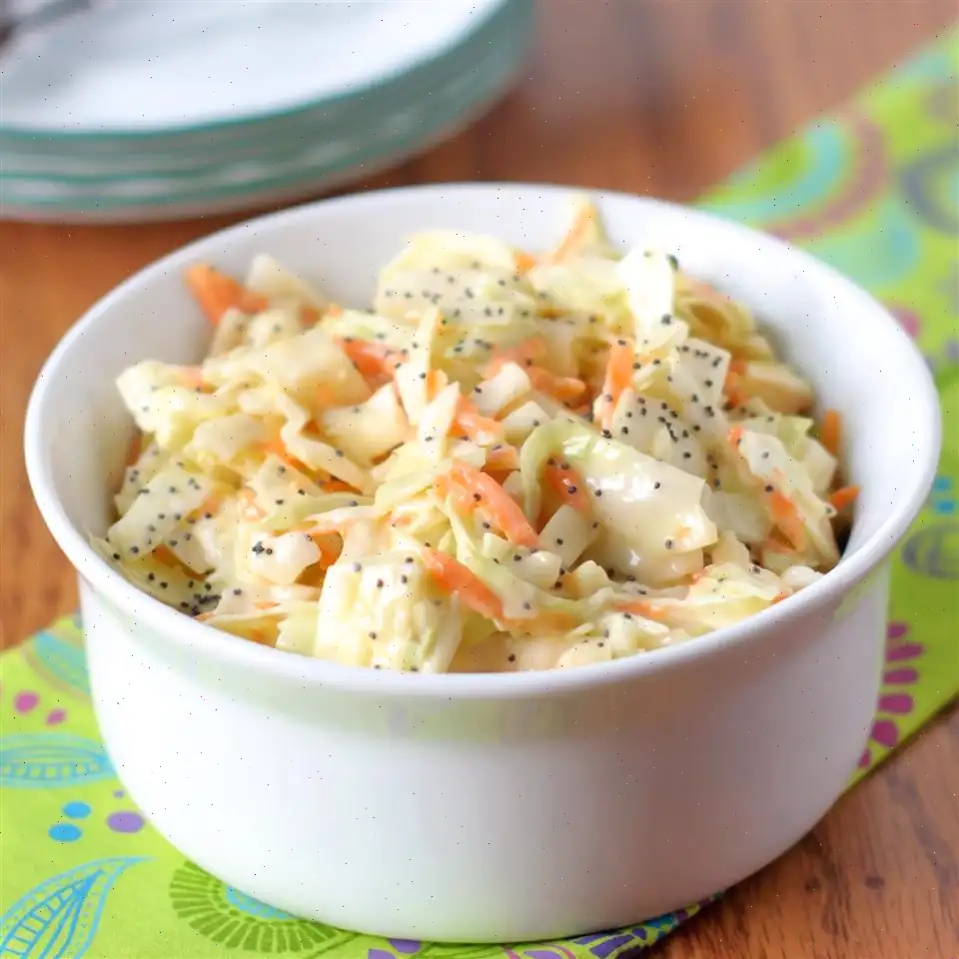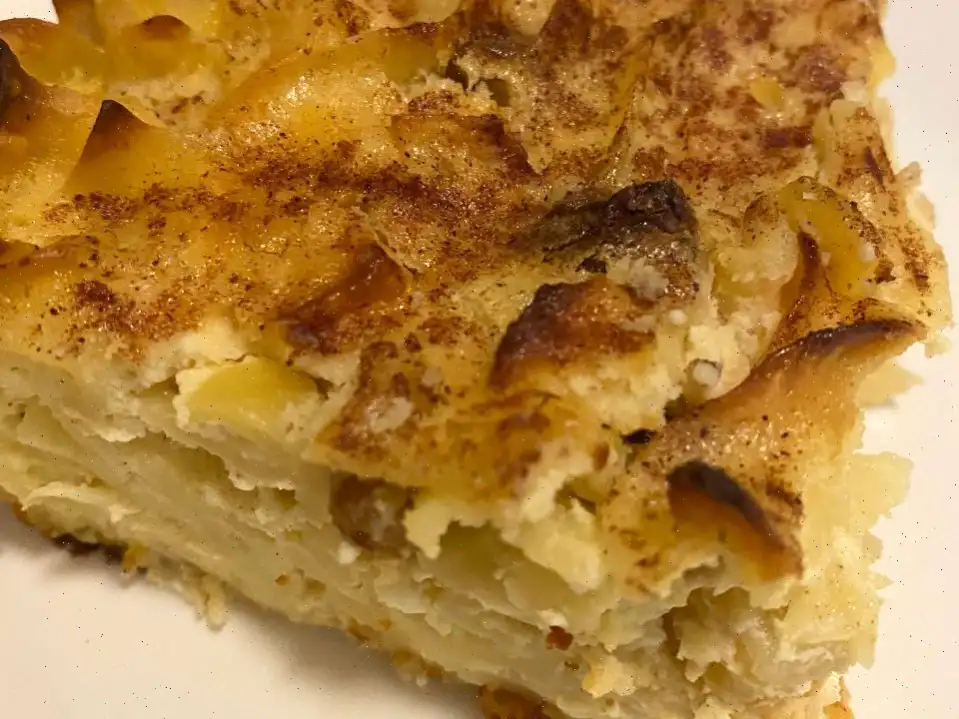
Dehydrated Vegetables for the Pantry Recipe
Dehydrated Mixed Vegetables
Ingredients
- 1 (2-pound) bag frozen mixed vegetables (green beans, carrots, corn, peas, baby lima beans)
Directions
- Place silicone mats on each tray of a dehydrator.
- Divide vegetables evenly between the mats, ensuring they are not overcrowded.
- Set the dehydrator temperature to 125F (52C), following the manufacturer's instructions.
- Dehydrate the vegetables for 9 hours.
- Unplug the dehydrator and remove the lid. Let the vegetables stand for 1 hour to cool and complete the drying process.
- To test if they are fully dehydrated, take a pea and drop it on the counter. If it sounds like a small pebble hitting the surface, they are done. If not, continue dehydrating in 30-minute increments until ready.
- Store the dehydrated vegetables in a 1-pint canning jar. Keep the jar in a cool, dark place for up to 6 months.
- To use, add cup of dehydrated vegetables to your pot of soup during the last 15 minutes of cooking. If adding to rice or casseroles, incorporate them at the start of the cooking process.
Cooks Note
This recipe can be time-consuming, but it is well worth the effort. A great tip is to make a double batch on weekends. Start the process before going to bed, and by the time you wake up and have your morning coffee, the first batch will be done. The best part is that the dehydrator does all the work while you can set it and forget it. No constant attention needed!
Nutrition Facts (per serving)
| Calories | 49 |
|---|---|
| Total Fat | 0g |
| Saturated Fat | 0g |
| Cholesterol | 0mg |
| Sodium | 26mg |
| Total Carbohydrate | 10g |
| Dietary Fiber | 3g |
| Total Sugars | 2g |
| Protein | 2g |
| Vitamin C | 2mg |
| Calcium | 19mg |
| Iron | 1mg |
| Potassium | 128mg |
* Percent Daily Values are based on a 2,000 calorie diet. Your daily values may be higher or lower depending on your calorie needs.
The Origins of Dehydrated Vegetables
Dehydration of vegetables is an ancient technique that dates back thousands of years, used by civilizations around the world to preserve surplus harvests for the winter months or long journeys. Early examples can be traced to Ancient Egypt, where sun-dried vegetables were stored in clay jars, and to Native American tribes, who dried corn, beans, and squash to ensure a stable food supply through harsh seasons. The method became widely popular in modern times with the invention of electric dehydrators in the 20th century, making it more accessible for home kitchens.
Regional Variations
Dehydrated vegetables have regional adaptations depending on local crops and culinary traditions. In the United States, mixed vegetables like carrots, green beans, corn, and peas are common, often used for soups and casseroles. In Mediterranean regions, tomatoes, bell peppers, and zucchini are frequently dehydrated for sauces and stews. In Asia, vegetables like mushrooms, seaweed, and leafy greens are dried to enhance umami flavors and for convenient storage. Each region emphasizes different textures and flavors based on local cuisine preferences.
How It Differs from Similar Dishes
Unlike canned or frozen vegetables, dehydrated vegetables are lightweight, shelf-stable, and retain concentrated flavor without refrigeration. While freeze-dried vegetables are also long-lasting, dehydration relies on low heat to remove moisture gradually, which preserves texture better in cooked dishes. Compared to pickled vegetables, dehydrated ones are not acidic and can be rehydrated to mimic the original fresh vegetable texture. This makes them uniquely versatile for soups, casseroles, and grain-based dishes.
Typical Serving Occasions
Dehydrated vegetables are commonly used in home-cooked meals, especially soups, stews, and rice dishes. They are also popular in camping and hiking meals because of their lightweight and long shelf life. Commercially, dehydrated vegetables appear in ready-to-eat meals, instant soups, and emergency food kits. Many households store them in the pantry for quick additions to weekday dinners or to extend the life of seasonal harvests.
Interesting Facts
- Dehydrated vegetables can last up to six months or more when stored in a cool, dark place.
- The process intensifies flavors, so less seasoning may be needed when cooking.
- Dehydrating vegetables reduces their weight by up to 80%, making them ideal for emergency kits and backpacking.
- Early explorers and armies relied on dehydrated vegetables to prevent scurvy due to their retained vitamins.
- Dehydration is one of the simplest ways to preserve nutrients without additives, unlike some canning methods.



